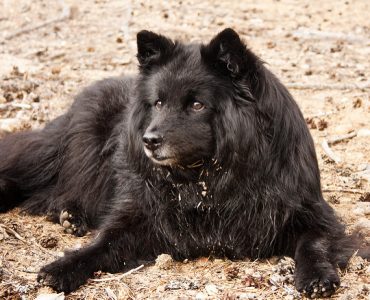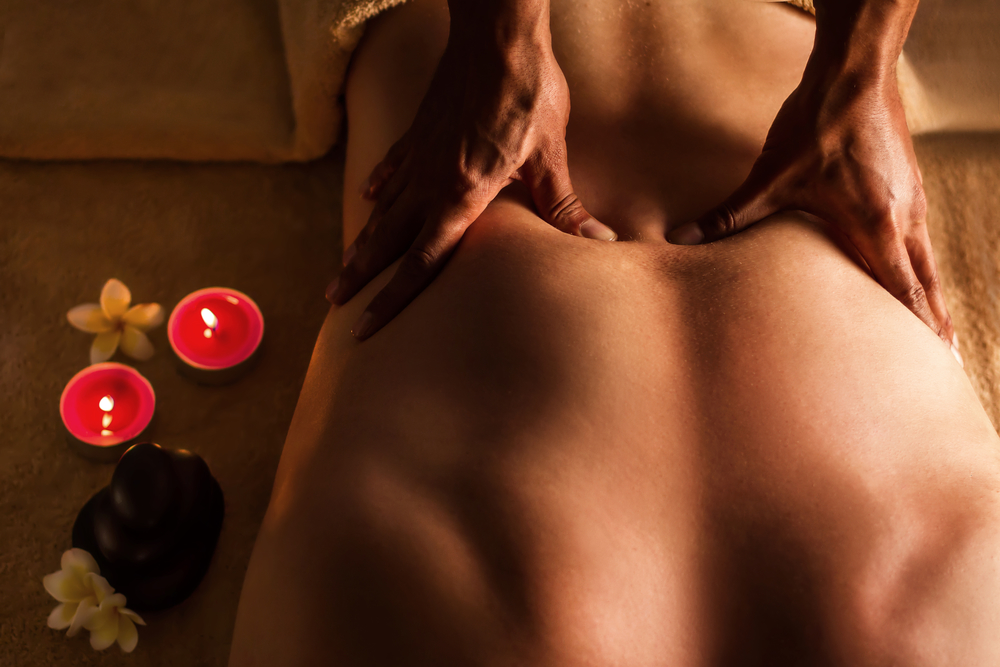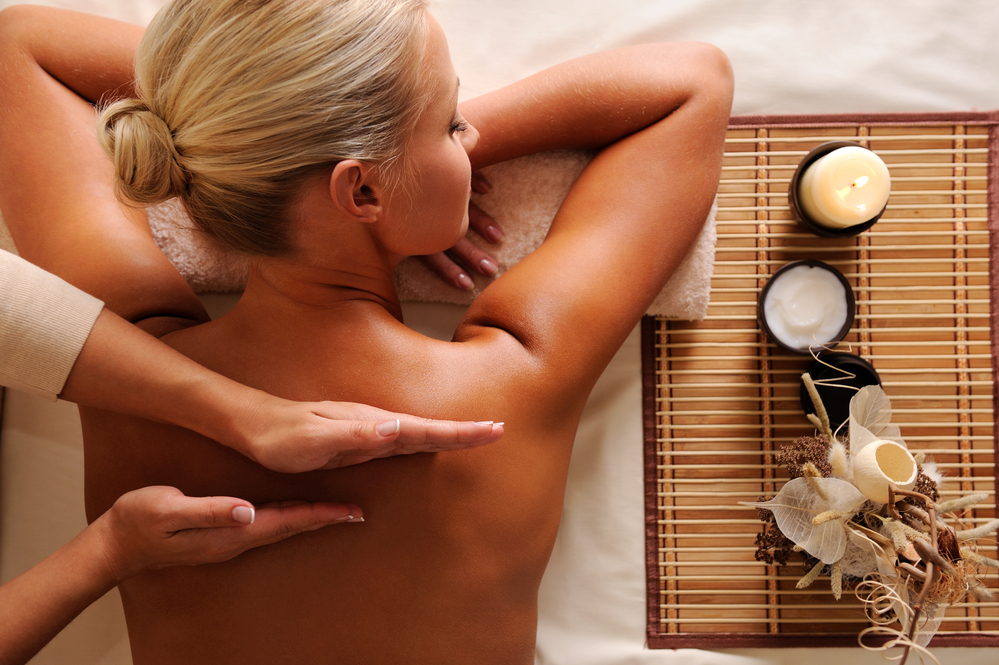Lomi Lomi, sometimes spelled lomilomi, is a traditional Polynesian massage and holistic medicine practice originating in the Hawaiian Islands. Lomi lomi is an indigenous practice whose techniques are widely varied as they evolved in different areas of the islands and among different families.
Principles of lomi lomi are rooted in the Hawaiian philosophy of huna, that everything seeks harmony. Lomi lomi uses massage to help the body re-establish harmony and a positive energy flow. The massage releases tension and can alleviate lactic acid accumulation in the muscles.
Lomi Lomi focuses on intuitive healing of the client’s energy. There is no set sequence for a lomi lomi massage, which uses broad strokes with hands and forearms, as well as joint movements. Sessions start with the lomi lomi therapist connecting with the client and assessing the work that needs to be done. To help balance the energy, lomi lomi therapists will hum and perform hula dance moves as they work on a client.
Unlike Swedish massage, lomi lomi massage can work multiple areas of the body at the same time to encourage the client toward full relaxation. The client is directly on the table, undressed and only minimally draped for modesty so the therapist can work without being hindered by sheets or blankets.
Lomi lomi is also called “Loving Hands,” from a description by Hawaiian elder Kahuna Auntie Margaret Muchado, the only kapuna lomilomi–traditional native lomi lomi practitioner–licensed to teach lomi lomi when the state government of Hawaii began regulating lomi lomi practice and requiring practitioners to be licensed.












